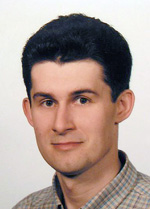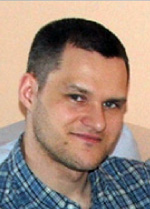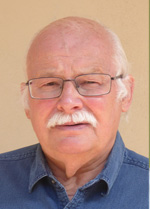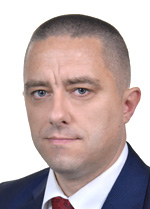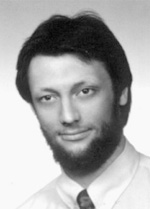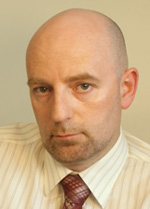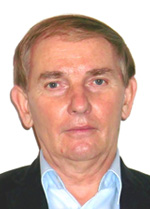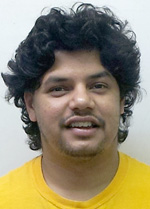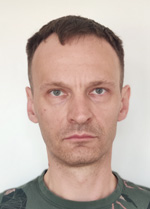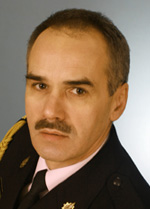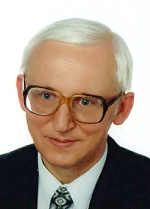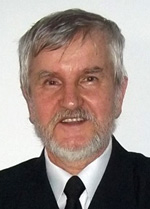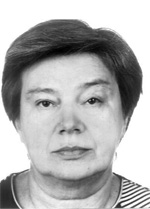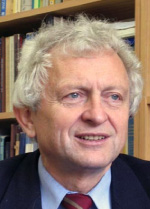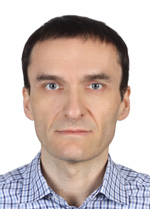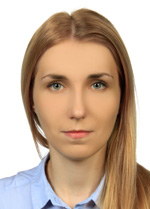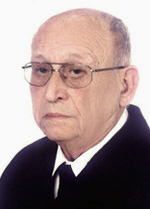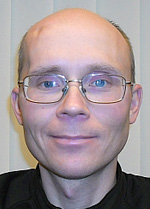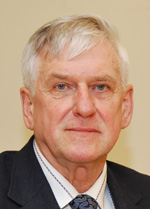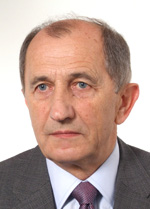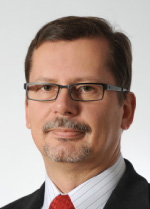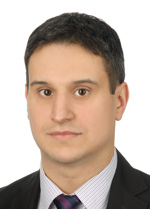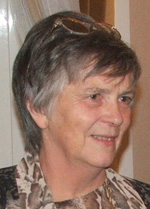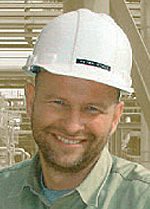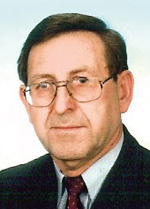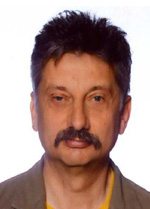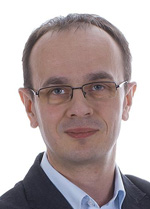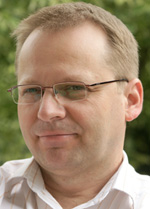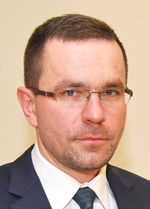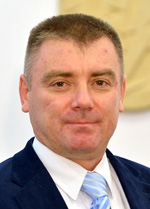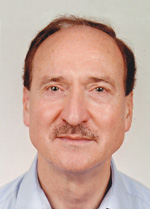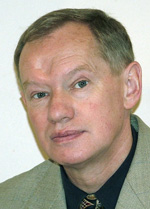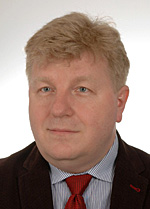E-journal for electrical and electronic engineers
AUTOMATYKA, ELEKTRYKA, ZAKLOCENIA
(AUTOMATICS, ELECTROTECHNICS, DISTURBANCES)
vol. 12, nr 4 (46) 2021
Magnetic Field in a Trianguilar and Flat Formation Current Line
Potr LEŚNIAK
Abstract
The article presents a graphical interpretation of the magnetic field in the return cores of a triangular cable and flat formation current line, using the commercial software Ansoft Maxwell. In the aspect of the discussed issue, the determination of the magnetic field distribution in the triangular formation (TF) determines the correct description of the correlated secondary phenomena, which include, among others, thermal or mechanical stresses, intensifying the aging process and the occurrence of losses in the transmission of electricity. The article presents important aspects of the issues discussed in an illustrative way, i.e. on a computational example
Keywords
field, current line, model
Fig.
Bilbiography
[1] K. Kolbiński: „Kable elektroenergetyczne”, PWT 1957.
[2] E. Kącki.: „Równania różniczkowe cząstkowe w zastosowaniach fizyki i techniki”, WNT, Warszawa 1989.
[3] J. H. Neher and M. H. McGrath: „The Calculation of the Temperature rise and Load Capability of Cable Systems,” AIEE Trans., vol. 76, no. III, pp. 752 - 772, 1957.
[4] D. M. Robinson: „Dielectric phenomenon in high voltage cables”. London: Chapman and Hall, 1936.
[5] R. Niedbała, D. Kucharski, M.Wesołowski: „Skutki energetyczne ekranowania pola magnetycznego”, Przegląd Elektrotechniczny nr 2008/7. Sigma NOT. Warszawa 2008.
[6] K. Bednarek, R. Nawrowski: „Zastosowanie metod przybliżonych do obliczania wybranych wielkości elektrodynamicznych torów wielkoprądowych”. Konferencja naukowo - techniczna. Zastosowanie komputerów w elektrotechnice, Poznań - Kiekrz, kwiecień 1996, 253 - 256.
[7] S. Czapp, K. Dobrzyński, J. Klucznik, Z. Lubośny : „Analiza napięć indukowanych i strat mocy w kablach elektroenergetycznych wysokiego napięcia dla wybranych sposobów uziemienia żył powrotnych”, XVIII Konferencja Naukowa 2017, Aktualne problemy w elektroenergetyce, 352 - 358.
[8] A. Rakowska „Rozwój linii kablowych wysokich i najwyższych napięć”, Wiadomości Elektrotechniczne, nr 1 2014.
[9] J. Grobicki: „Polski przemysł kablowy”, Stowarzyszenie Producentów Kabli i Osprzętu Elektrycznego, Bydgoszcz 2007 r.


